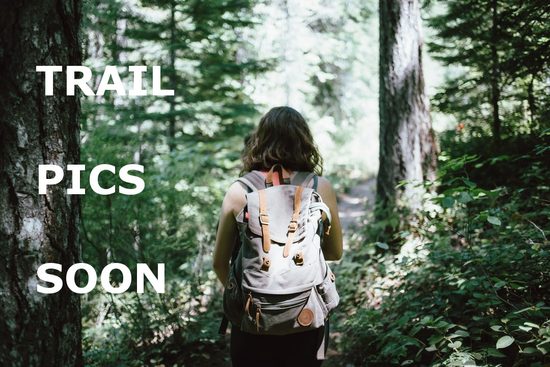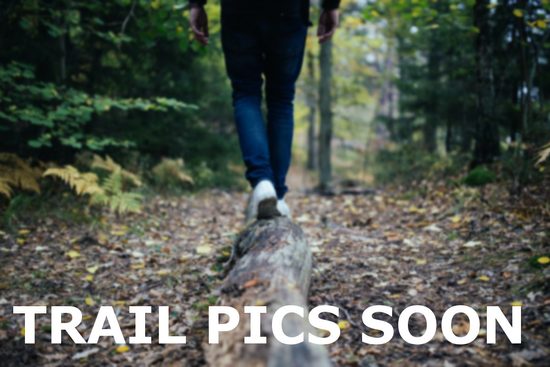
Bryce Canyon National Park
Quick Navigation
Bryce Canyon National Park is located in the corner of southwestern Utah. The park covers an area of 56 square miles (sq km 145). It is a sister protected area to neighboring Zion National Park. Together, they create some of the most pristine and stunning wilderness found across the country.
The remoteness of the park makes it visited less than its neighbor and other national parks in the northwestern region of the United States. However, the incredible collection of hoodoos and other picturesque rock formations makes the visit worthwhile.
The varying colors of red, orange, and white intertwined across the hoodoos, rock formations, and canyon walls create awe-inspiring landscapes. The Bryce Canyon ridge ranges in height from 8,000 to 9,000 feet (2,400 to 2,700 m). It is technically not a canyon.
The hoodoos, as some of the pinnacle attractions, reach heights up to 200 feet (60 m). The hoodoos drape across many of the amphitheaters' walls serving as nature’s own spectators.
The Paria River meandered throughout the Paunsaugunt Plateau over the years creating these amphitheaters that blanket the park. Many of the amphitheaters are decorated with colorful hoodoos. Over 400 endemic plants are found within the park boundaries with three different ecological zones.
Bryce Canyon is home to a nice variety of wildlife as well as spectacular landscapes. Some of the popular species include badger, black bear, bobcat, elk, fox, mule deer, porcupine, prairie dog, and pronghorn. The wildlife is topped off with around 170 species of birds.
There is an 18-mile (29 km) scenic drive across the park. The drive is amazing on its own, however, it delivers people to Rainbow Point. Rainbow Point, at 9,105 feet (2,775 m) is the highest part of the park with panoramic views to visitors who make the journey.
Highlights
 Bryce Canyon is home to the largest collection of hoodoos in the world. These hoodoos blanket the natural amphitheaters creating some of the most picturesque landscapes. Without question, the colorful hoodoos are one of the leading highlights of the park.
Bryce Canyon is home to the largest collection of hoodoos in the world. These hoodoos blanket the natural amphitheaters creating some of the most picturesque landscapes. Without question, the colorful hoodoos are one of the leading highlights of the park.
Rainbow Point
Rainbow Point is one of the leading highlights of the national park. This point reaches a height of 9,105 feet (2,775 m) providing incredible panoramic views of the region. The point is accessible as the endpoint of the park’s 18-mile scenic drive.
From this viewpoint, you can see the Aquarius Plateau, Bryce Amphitheater, Henry Mountains, Vermillion Cliffs, and the White Cliffs.
Night Sky Watching
Bryce Canyon features a 7.4 magnitude night sky. This means that it is one of the darkest places in North America creating an incredible view of stars and the night sky.
Henry Mountains
The Henry Mountains extend about 30 miles (50 km) north-south across the park. Mount Ellen is the tallest peak with a summit at 11,522 feet (3,512 m). These have the distinction of being the last mountain range added into the map of the 48 contiguous United States.
White Cliffs
The Navajo Sandstone cliffs are rugged geological rock formations that add a unique landscape to the park that differs from the traditional orange colored sedimentary rocks.
Bryce Canyon National Park Trails
Bryce Canyon is a tremendous place to enjoy the wildlife and wilderness with an abundance of hiking trails to enjoy. There are 13 different viewpoints that peer out over the amphitheaters and hoodoos landscape.
Bryce Canyon Highlights
- Hoodoos (the largest collection in the world)
- Bryce Amphitheater
- Bryce Canyon
- Rainbow Point
- Night Sky
Park Map
Sources
- Britannica, Bryce Canyon National Park, https://www.britannica.com/place/Bryce-Canyon-National-Park, retrieved June 2020.
- National Geographic, Everything you need to know about Bryce Canyon, https://www.nationalgeographic.com/travel/national-parks/bryce-canyon-national-park/, retrieved June 2020.
- National Park Foundation, Pillars of Stone, https://www.nationalparks.org/explore-parks/bryce-canyon-national-park, retrieved June 2020.
- National Park Service, Bryce Canyon, https://www.nps.gov/brca/index.htm, retrieved June 2020.
- Utah.com, Bryce Canyon National Park, https://utah.com/bryce-canyon-national-park, retrieved June 2020.
- Visit Utah, Bryce Canyon National Park, https://www.visitutah.com/places-to-go/parks-outdoors/bryce-canyon/, retrieved June 2020.
























